Find Help
More Items From Ergsy search
-
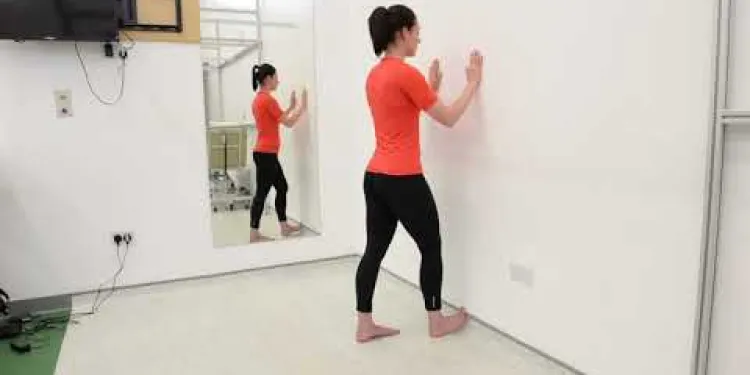
Plantar Fascia Wall Stretch
Relevance: 100%
-
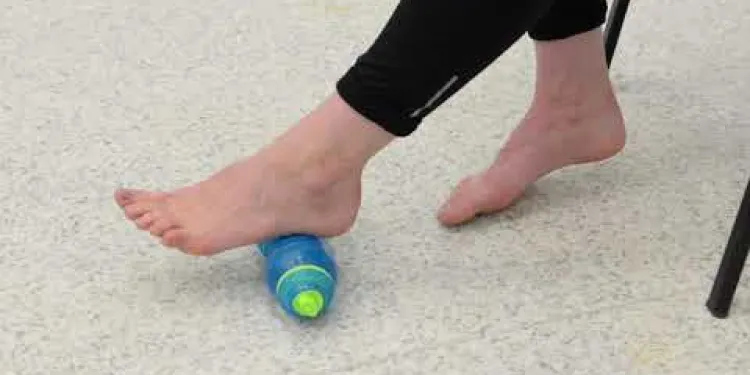
Plantar Fascia Cold Therapy
Relevance: 52%
-
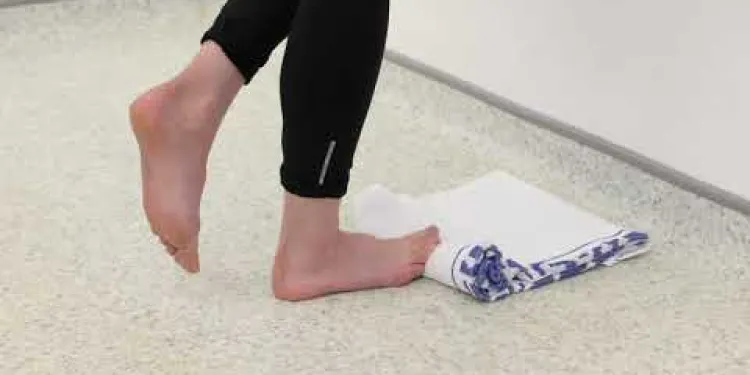
Plantar Fascia Loading Exercise (High Load Exercise)
Relevance: 51%
-
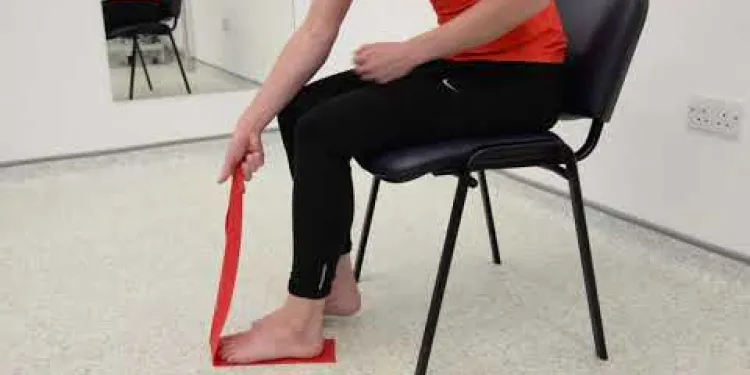
Plantar Fascia Intrinsic Theraband Strengthening Exercise
Relevance: 49%
-
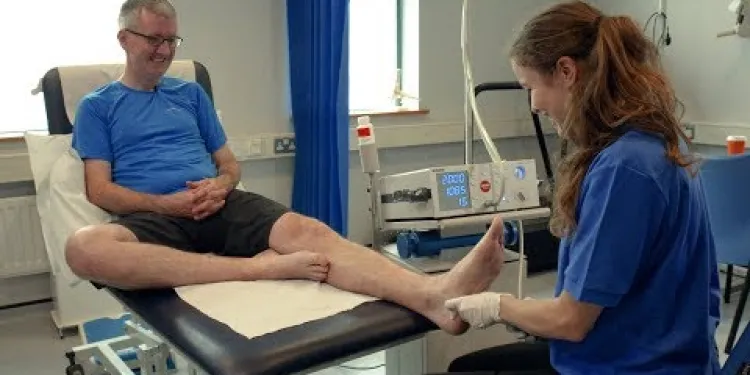
Plantar fasciitis
Relevance: 43%
-
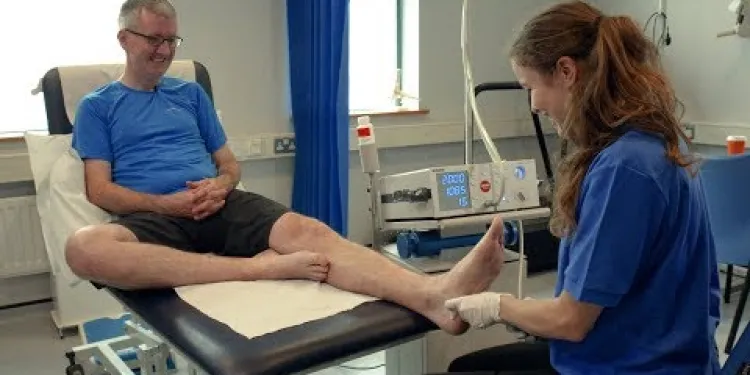
Plantar fasciitis
Relevance: 43%
-

Back stretches | NHS
Relevance: 24%
-
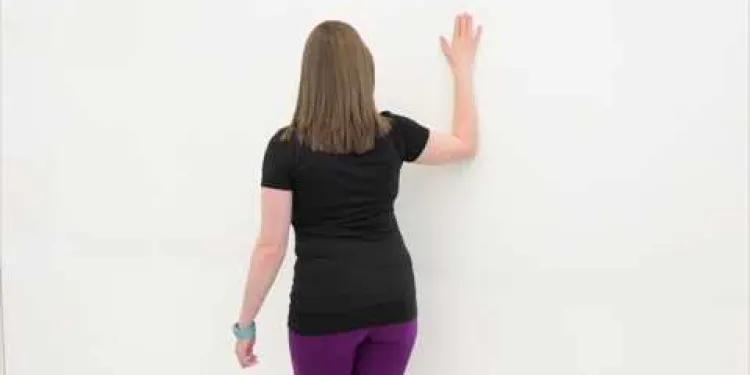
Frozen Shoulder Anterior Shoulder Stretch
Relevance: 23%
-

Heel pain | NHS
Relevance: 22%
-
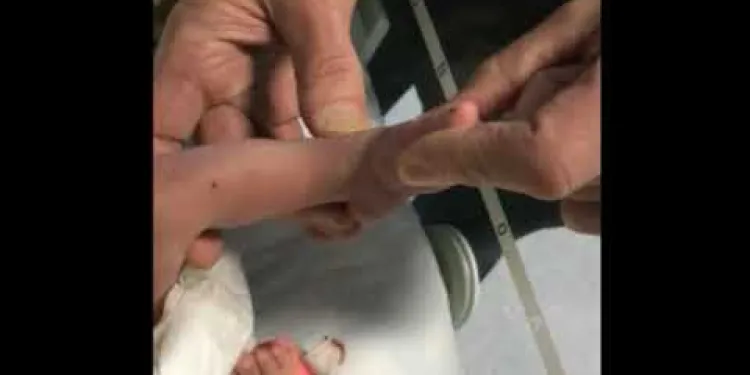
Parent guide to club foot stretches: Step 1
Relevance: 20%
-
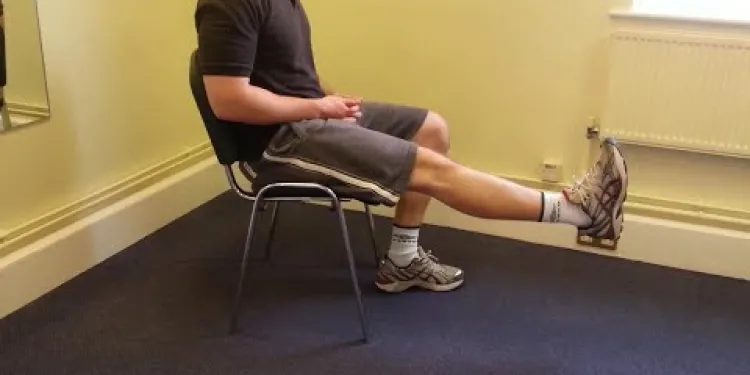
Knee Care Exercises
Relevance: 12%
-
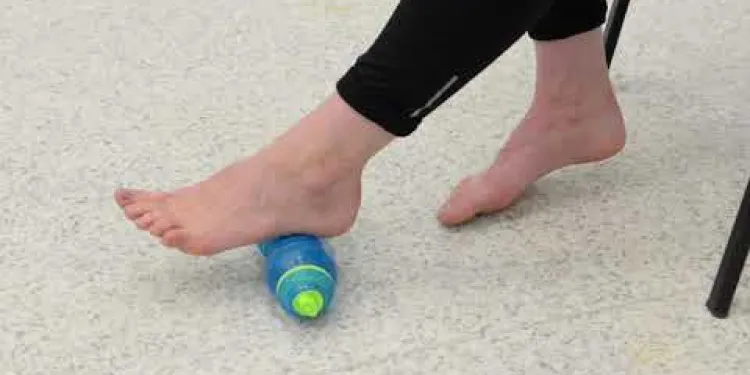
Foot Pain
Relevance: 10%
-
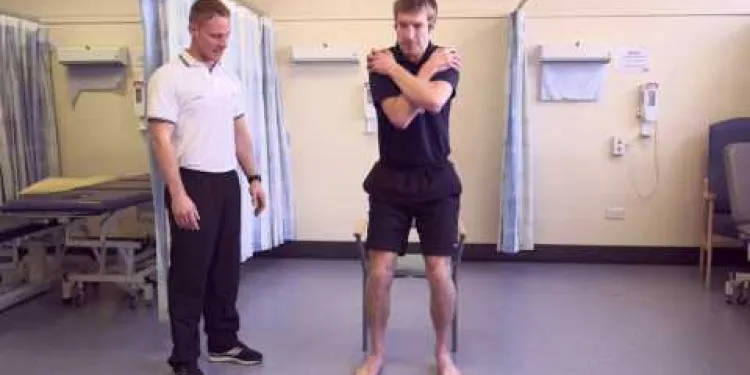
Exercises to help your lateral hip pain
Relevance: 10%
-
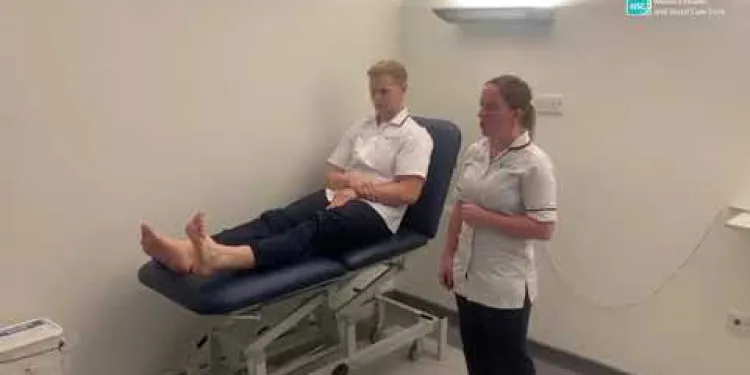
Physiotherapy Exercises following an Ankle Fracture
Relevance: 10%
-
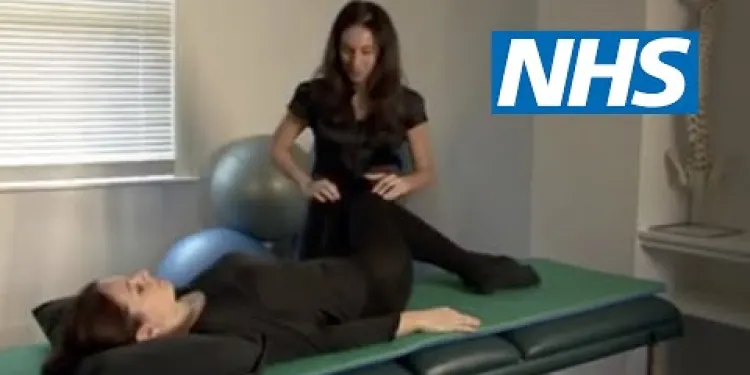
Exercises for sciatica: piriformis syndrome | NHS
Relevance: 8%
-
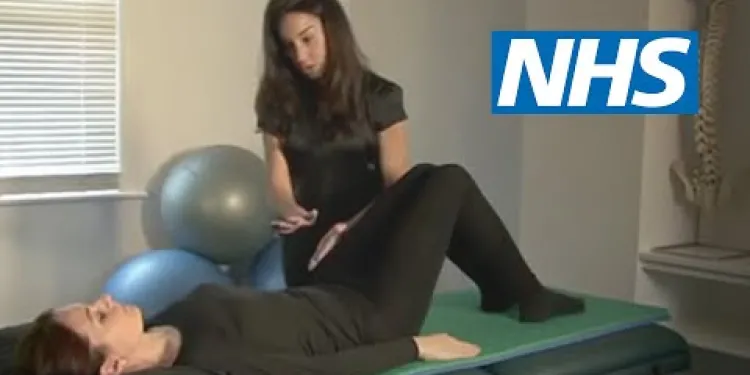
Exercises for sciatica: degenerative disc disease | NHS
Relevance: 8%
-

Neck Exercises
Relevance: 8%
-

Are there specific exercises that can help with Carpal Tunnel Syndrome?
Relevance: 8%
-
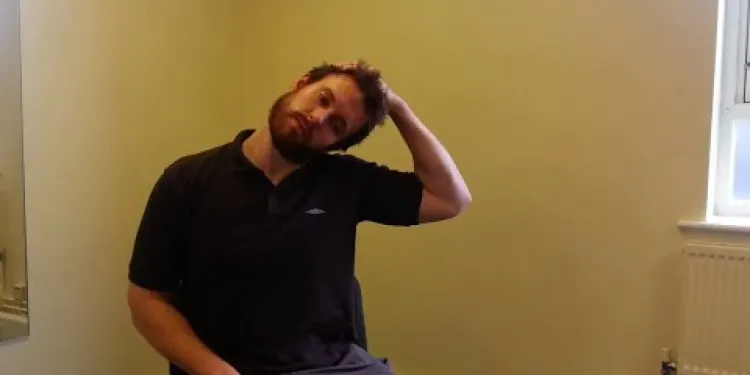
Neck Care Exercises
Relevance: 8%
-

Can residents personalize their living space in a care home?
Relevance: 7%
-
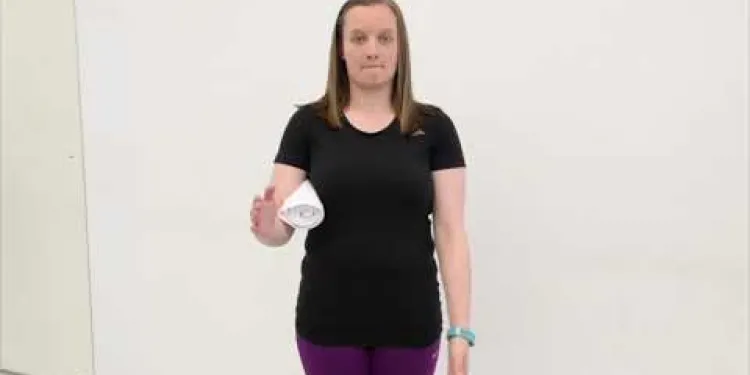
Frozen Shoulder Isometric External Rotation
Relevance: 7%
-

Self-care for sprains and strains
Relevance: 7%
-

How can I prevent Carpal Tunnel Syndrome?
Relevance: 6%
-

Can I block the view of my neighbor's camera with physical barriers?
Relevance: 6%
-
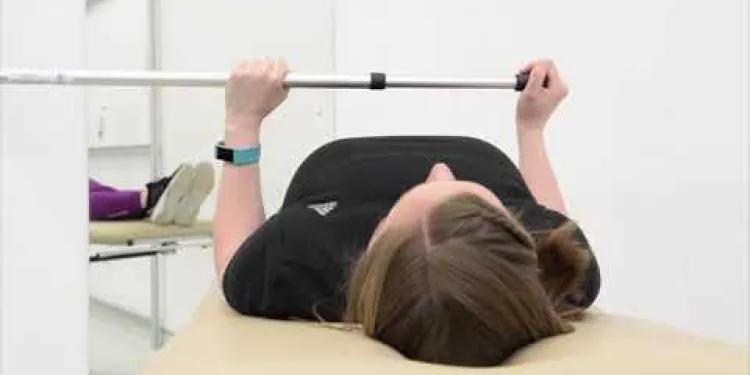
Frozen Shoulder Assisted Lateral Rotation
Relevance: 6%
-

Can chiropractors help with sports injuries?
Relevance: 6%
-

Are there any alternative treatments for Carpal Tunnel Syndrome?
Relevance: 6%
-

Self care for your feet - Podiatrist
Relevance: 6%
-
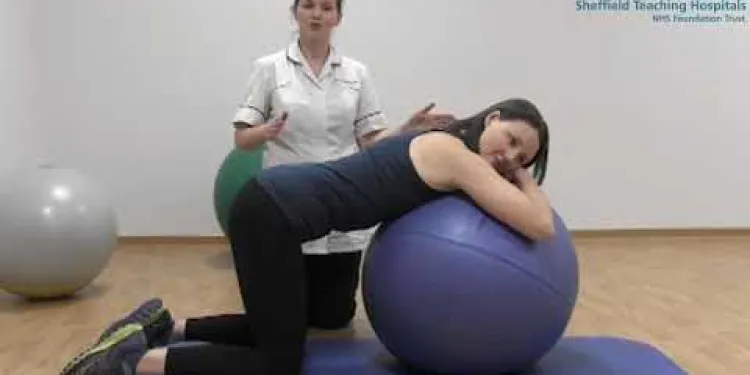
Mat and gym ball exercises with pregnancy related Pelvic Girdle Pain
Relevance: 6%
-
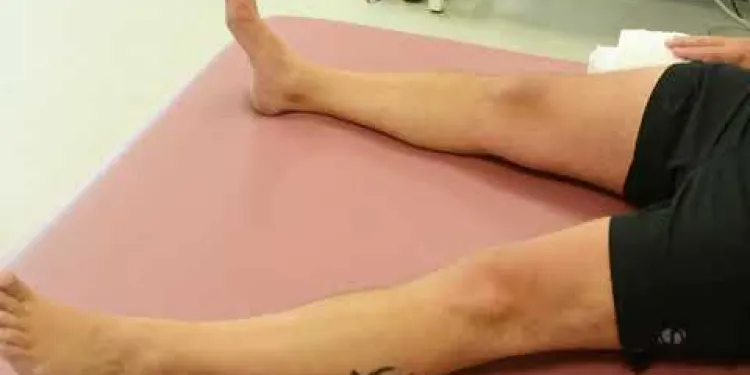
Joint School - Hip Exercises
Relevance: 6%
-

Should I warm up before walking to work?
Relevance: 6%
-

Frozen Shoulder Lateral Rotation
Relevance: 6%
-

How is the stage of bowel cancer determined?
Relevance: 6%
-

Can exercises help with labor preparation?
Relevance: 5%
-

What are common signs of leaks in water infrastructure?
Relevance: 5%
-

Neck Exercises
Relevance: 5%
-
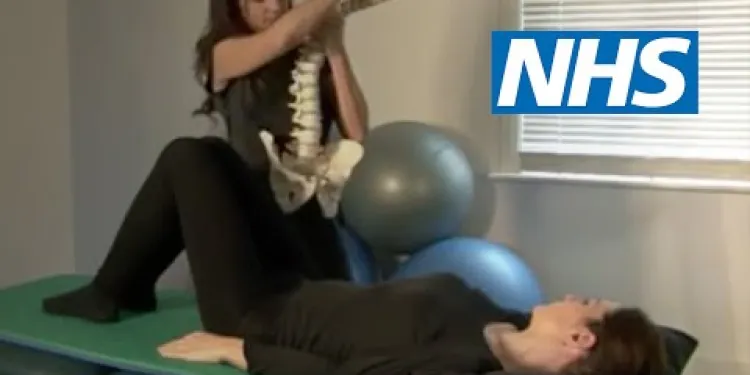
Exercises for sciatica: herniated or slipped disc | NHS
Relevance: 5%
-
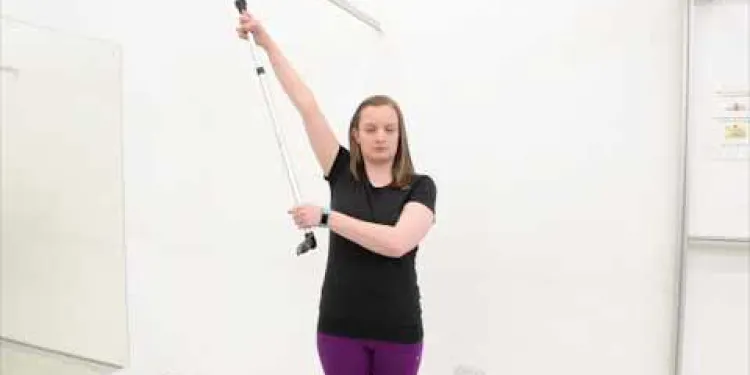
Frozen Shoulder Assisted Abduction
Relevance: 5%
-

Can lifestyle changes help manage Carpal Tunnel Syndrome?
Relevance: 5%
-
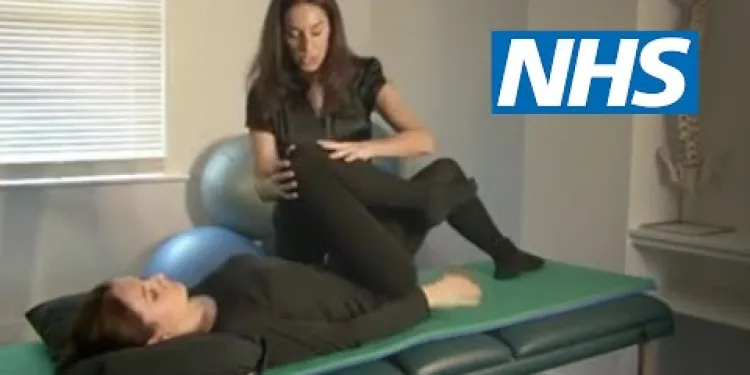
Exercises for sciatica: spinal stenosis | NHS
Relevance: 5%
Plantar Fascia Wall Stretch
Introduction
The Plantar Fascia Wall Stretch is a highly effective exercise aimed at alleviating pain associated with plantar fasciitis. This condition, common among both athletes and non-athletes in the United Kingdom, involves inflammation of the plantar fascia—the thick band of tissue running along the bottom of the foot, connecting the heel bone to the toes.
Why It’s Important
Plantar fasciitis can lead to debilitating foot pain, making everyday activities like walking or standing quite uncomfortable. Regularly performing the Plantar Fascia Wall Stretch can help in the recovery process by improving the flexibility of the plantar fascia, thereby reducing pain and preventing further injury. It’s a simple yet effective way to maintain foot health, especially for those who spend long hours on their feet.
How to Perform the Stretch
- Stand facing a wall, about an arm's length away.
- Place both palms flat against the wall for support.
- Step your affected foot back, keeping the heel flat on the ground and toes pointing straight ahead.
- Adjust the distance of your back foot to ensure a gentle stretch along the arch of your foot.
- Bend the front knee slightly, while keeping the back leg straight, to deepen the stretch.
- Hold the position for 30 seconds, feeling a mild stretch without discomfort.
- Release the stretch and switch legs, repeating the process 2-3 times for each foot.
Precautions
While performing the stretch, make sure to perform movements slowly and deliberately to avoid any sudden stress on the plantar fascia. If you feel any sharp pain, stop the activity immediately and consult a healthcare professional. Pregnant women or individuals with existing foot conditions should seek medical advice before beginning this routine.
Conclusion
The Plantar Fascia Wall Stretch is a simple yet effective exercise that can significantly aid in reducing pain associated with plantar fasciitis. Regular incorporation of this stretch into your daily routine can enhance foot health, particularly for individuals frequently on their feet. Give this stretch a try and take the first step towards pain-free feet.
Plantar Fascia Wall Stretch
Introduction
The Plantar Fascia Wall Stretch is a simple exercise. It helps people with pain in their feet. This pain is called plantar fasciitis. The plantar fascia is a thick band under your foot. It connects your heel to your toes.
Why It’s Important
Plantar fasciitis can make your feet hurt a lot. Standing or walking can be hard. Doing the Plantar Fascia Wall Stretch can help make the foot feel better. It makes the thick band under your foot more stretchy. This can stop pain and prevent injuries. It is helpful for people who stand a lot.
How to Perform the Stretch
- Stand facing a wall. You should be an arm's length away.
- Put your hands flat against the wall to help you balance.
- Move the foot that hurts back. Keep the heel on the ground. Keep your toes pointing forward.
- Move your back foot to feel a gentle stretch in your foot.
- Bend your front knee a little. Keep the back leg straight. This makes the stretch better.
- Stay like this for 30 seconds. It should feel like a gentle pull, not pain.
- Relax and then switch feet. Do this stretch 2-3 times on each foot.
Precautions
Stretch slowly and carefully. This will help you avoid hurting your foot. If it hurts a lot, stop and ask a doctor. Pregnant women or people with foot problems should ask a doctor before doing this stretch.
Conclusion
The Plantar Fascia Wall Stretch is easy and helps with foot pain. Doing this stretch every day can make your feet feel better. Try this stretch and help your feet feel great!
Frequently Asked Questions
What is a Plantar Fascia Wall Stretch?
A Plantar Fascia Wall Stretch is a specific exercise designed to stretch the plantar fascia, which is the ligament that runs along the bottom of your foot from your heel to your toes.
How do you perform a Plantar Fascia Wall Stretch?
To perform a Plantar Fascia Wall Stretch, stand facing a wall with your toes pointing towards it. Place your affected foot against the wall with the heel on the ground and toes upwards. Slowly lean in towards the wall, keeping your knee straight until you feel a stretch along the bottom of your foot.
What are the benefits of doing a Plantar Fascia Wall Stretch?
The benefits include reduced pain in the plantar fascia, increased flexibility, and improved foot mobility. It can also help in preventing conditions like plantar fasciitis and heel spurs.
How often should I do the Plantar Fascia Wall Stretch?
It's generally recommended to do the stretch at least 3 times a day. Consistency is key for seeing improvement.
Can anyone do the Plantar Fascia Wall Stretch?
Most people can safely perform this stretch. However, if you have an existing foot injury or severe pain, it's best to consult with a healthcare professional before starting any new exercise.
Can this stretch help with plantar fasciitis?
Yes, the Plantar Fascia Wall Stretch can be particularly helpful for alleviating the symptoms of plantar fasciitis by gently stretching and strengthening the affected area.
Do I need any equipment to do a Plantar Fascia Wall Stretch?
No, you don't need any special equipment. All you need is a wall to perform the stretch.
How long should I hold the stretch?
Hold the stretch for about 20-30 seconds. Repeat it 2 to 3 times for each foot.
Is the Plantar Fascia Wall Stretch safe for pregnant women?
Generally, it is safe, but pregnant women should consult with their healthcare provider before starting any new exercise routines.
What are the signs that I should stop doing the stretch?
If you experience sharp or shooting pain, excessive discomfort, or if your symptoms worsen, stop the stretch and consult a healthcare professional.
Can children do the Plantar Fascia Wall Stretch?
Yes, children can perform this stretch, but it should be done under adult supervision to ensure it is done correctly and safely.
Will this stretch help with heel pain?
Yes, stretching the plantar fascia can reduce heel pain, especially if the pain is due to plantar fasciitis or similar conditions.
What kind of shoes should I wear while doing the stretch?
You can do this stretch barefoot or wearing supportive athletic shoes.
Should I warm up before doing the Plantar Fascia Wall Stretch?
It's a good idea to do a light warm-up like walking or gentle foot exercises to prepare your muscles and ligaments for stretching.
Can I do this stretch if I have flat feet?
Yes, individuals with flat feet can benefit from this stretch as it helps in maintaining foot flexibility and reducing strain on the plantar fascia.
What is a Plantar Fascia Wall Stretch?
A Plantar Fascia Wall Stretch is an easy exercise. It helps your foot feel better if it hurts. You stand up and use a wall to help stretch your foot. This can help if you feel pain under your foot.
How to do the stretch:
- Stand in front of a wall.
- Put your hands on the wall.
- Put one foot back and keep the other foot in front.
- Keep your back heel on the ground.
- Gently lean forward to feel a stretch in the back leg.
- Hold it for a little while, about 15 to 30 seconds.
- Switch your legs and do the same thing on the other side.
Remember, be careful and don’t push too hard. If it hurts, stop and be gentle. You can ask someone to help you if you need it.
A Plantar Fascia Wall Stretch is a special exercise. It helps to stretch a band in your foot called the plantar fascia. This band goes from your heel to your toes.
How do you do a Plantar Fascia Wall Stretch?
Here is how to do a Plantar Fascia Wall Stretch:
- Stand facing a wall.
- Put your hands on the wall.
- Place one foot behind you. Keep the foot flat on the floor.
- Bend your other knee. Keep it in front of you.
- Hold the stretch for a few seconds. You should feel a gentle stretch on the bottom of your back foot.
If you need help reading this, a family member or friend can help. You can also ask someone to show you how to do the stretch.
Here is how to do a Plantar Fascia Wall Stretch:
1. Stand in front of a wall. Make sure your toes are pointing at the wall.
2. Put the foot that hurts against the wall. Keep your heel on the ground and your toes pointing up.
3. Slowly lean in towards the wall. Keep your knee straight.
You should feel a stretch on the bottom of your foot.
Tip: Ask someone to help you if you find it hard. You can also try using a timer or an app to guide your stretching.
Why is it good to do a Plantar Fascia Wall Stretch?
Doing a stretch called "Plantar Fascia Wall Stretch" can help your feet feel better. Here are some ways it helps:
- Makes feet feel good: Stretching can stop your feet from hurting.
- Keeps feet strong: This stretch makes your feet and ankles stronger.
- Flexibility: It helps your feet move better.
Tip: Use a wall to help you balance when you do the stretch.
The benefits are:
- Less pain in the foot.
- More flexible feet.
- Feet can move better.
It can also help stop problems like sore feet and bony lumps on the heel.
How often should I do the Plantar Fascia Wall Stretch?
How many times should you do the Plantar Fascia Wall Stretch? This stretch can help your feet feel better.
Here is some advice:
- Try to do the stretch once in the morning.
- Do it again in the evening before bed.
- If your feet are sore, rest for a while.
You can use a timer to remind you. Ask a friend or family member to help if you need support. Use a comfy wall to do the stretch safely.
Try to do the stretch 3 times every day. Remember, doing it regularly helps you get better.
Who can do the Plantar Fascia Wall Stretch?
Most people can do this stretch safely. But if your foot is hurt or you have a lot of pain, talk to a doctor before you start this exercise.
Will this stretch help with pain in the heel?
Yes, the Plantar Fascia Wall Stretch can help if you have pain from plantar fasciitis. It gently stretches and makes the sore area stronger.
Do I need any equipment to do a Plantar Fascia Wall Stretch?
You do not need any special tools to do a Plantar Fascia Wall Stretch.
Here is a tip: You can use a wall in your home to help with the stretch.
No, you don't need any special stuff. You just need a wall to do the stretch.
How long should I hold the stretch?
When you stretch, hold it for a short time. Count to 10 or 15. This is usually a good amount of time.
Here are some tips:
- Stretch until you feel a gentle pull. Don’t stretch too hard.
- Breathe slowly and stay relaxed.
- Try using a timer to help you count the seconds.
- If you feel pain, stop stretching.
Remember, stretching should feel good, not hurt!
Keep the stretch for 20 to 30 seconds. Do it 2 or 3 times for each foot.
Can pregnant women do the Plantar Fascia Wall Stretch safely?
If you are pregnant and want to do the Plantar Fascia Wall Stretch, it is important to stay safe.
Here are some tips:
- Ask your doctor first. They can tell you if it's okay for you.
- Do the stretch slowly and gently.
- Listen to your body. If something doesn't feel right, stop.
- Use a wall or chair for support to help keep your balance.
Remember, it is always best to check with a healthcare professional before starting any new exercise when you are pregnant.
It is usually safe. But if you are pregnant, ask your doctor before starting any new exercises.
When should I stop doing the stretch?
Here are some signs to stop:
- If it hurts a lot
- If you feel a sharp pain
- If your muscles feel weak
- If you feel dizzy or sick
If any of these happen, it's a good idea to stop and rest. You can use pictures or a video to help learn the right way to stretch.
If you feel a sharp or shooting pain, or if the stretch feels too uncomfortable, or if your symptoms get worse, stop doing it. Talk to a doctor or someone who helps with health.
Can kids do the Plantar Fascia Wall Stretch?
Kids can do this stretch. It helps with foot pain. Make sure an adult is there to help.
Try these tips:
- Go slow and steady.
- Use a soft mat to stand on.
- It might help to watch a video of someone doing the stretch.
Yes, kids can do this stretch. But make sure an adult is watching to help them do it the right way and not get hurt.
Does this stretch help with heel pain?
Yes, stretching your foot can help make heel pain better. This is true if the pain is from something like plantar fasciitis.
To make it easier, try using apps or videos that show you how to stretch safely! You can also ask for help from a doctor or therapist.
What shoes should I wear for stretching?
Choose comfy shoes for stretching. Soft sneakers are a good choice.
Tips:
- No shoes at all if it's safe and comfy.
- Use a yoga mat for grip and comfort.
You can do this stretch with no shoes on or with comfortable sports shoes.
Do I need to warm up before doing the Plantar Fascia Wall Stretch?
Yes, it's a good idea to warm up first. Warming up helps your body get ready. It can stop you from getting hurt. You can walk or move your feet slowly for a few minutes. This helps blood go to your muscles.
Remember to always listen to your body. If something hurts, stop and rest. Ask an adult to help if you are not sure what to do.
Before you stretch, you should do a little bit of moving to get ready. You can try walking or moving your feet slowly. This will help your muscles get ready for stretching.
Can I do this stretch if I have flat feet?
Yes, you can try this stretch even if you have flat feet. But it is important to listen to your body. If it hurts, stop. Ask an adult or a physiotherapist for help.
Here are some tips:
- Go slow and be gentle.
- Use a chair or a wall for balance.
- Wear comfortable shoes.
- Stretch on a soft mat.
Yes, people who have flat feet can do this stretch. It helps make their feet more flexible. It also helps stop pain in the bottom of the foot.
Useful Links
- Ergsy carfully checks the information in the videos we provide here.
- Videos shown by Youtube after a video has completed, have NOT been reviewed by ERGSY.
- To view, click the arrow in centre of video.
- Most of the videos you find here will have subtitles and/or closed captions available.
- You may need to turn these on, and choose your preferred language.
- Go to the video you'd like to watch.
- If closed captions (CC) are available, settings will be visible on the bottom right of the video player.
- To turn on Captions, click settings .
- To turn off Captions, click settings again.
More Items From Ergsy search
-

Plantar Fascia Wall Stretch
Relevance: 100%
-

Plantar Fascia Cold Therapy
Relevance: 52%
-

Plantar Fascia Loading Exercise (High Load Exercise)
Relevance: 51%
-

Plantar Fascia Intrinsic Theraband Strengthening Exercise
Relevance: 49%
-

Plantar fasciitis
Relevance: 43%
-

Plantar fasciitis
Relevance: 43%
-

Back stretches | NHS
Relevance: 24%
-

Frozen Shoulder Anterior Shoulder Stretch
Relevance: 23%
-

Heel pain | NHS
Relevance: 22%
-

Parent guide to club foot stretches: Step 1
Relevance: 20%
-

Knee Care Exercises
Relevance: 12%
-

Foot Pain
Relevance: 10%
-

Exercises to help your lateral hip pain
Relevance: 10%
-

Physiotherapy Exercises following an Ankle Fracture
Relevance: 10%
-

Exercises for sciatica: piriformis syndrome | NHS
Relevance: 8%
-

Exercises for sciatica: degenerative disc disease | NHS
Relevance: 8%
-

Neck Exercises
Relevance: 8%
-

Are there specific exercises that can help with Carpal Tunnel Syndrome?
Relevance: 8%
-

Neck Care Exercises
Relevance: 8%
-

Can residents personalize their living space in a care home?
Relevance: 7%
-

Frozen Shoulder Isometric External Rotation
Relevance: 7%
-

Self-care for sprains and strains
Relevance: 7%
-

How can I prevent Carpal Tunnel Syndrome?
Relevance: 6%
-

Can I block the view of my neighbor's camera with physical barriers?
Relevance: 6%
-

Frozen Shoulder Assisted Lateral Rotation
Relevance: 6%
-

Can chiropractors help with sports injuries?
Relevance: 6%
-

Are there any alternative treatments for Carpal Tunnel Syndrome?
Relevance: 6%
-

Self care for your feet - Podiatrist
Relevance: 6%
-

Mat and gym ball exercises with pregnancy related Pelvic Girdle Pain
Relevance: 6%
-

Joint School - Hip Exercises
Relevance: 6%
-

Should I warm up before walking to work?
Relevance: 6%
-

Frozen Shoulder Lateral Rotation
Relevance: 6%
-

How is the stage of bowel cancer determined?
Relevance: 6%
-

Can exercises help with labor preparation?
Relevance: 5%
-

What are common signs of leaks in water infrastructure?
Relevance: 5%
-

Neck Exercises
Relevance: 5%
-

Exercises for sciatica: herniated or slipped disc | NHS
Relevance: 5%
-

Frozen Shoulder Assisted Abduction
Relevance: 5%
-

Can lifestyle changes help manage Carpal Tunnel Syndrome?
Relevance: 5%
-

Exercises for sciatica: spinal stenosis | NHS
Relevance: 5%


